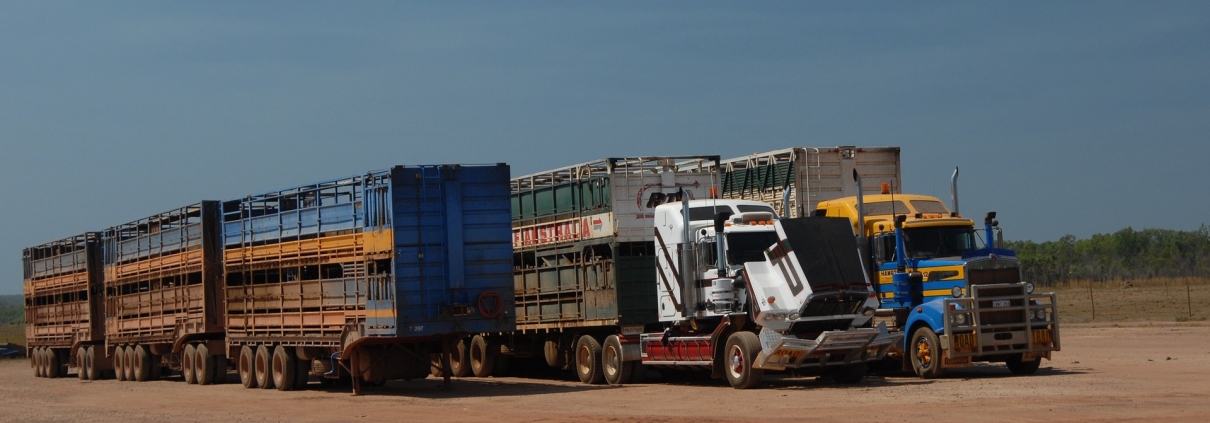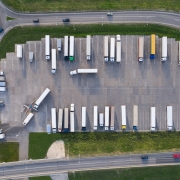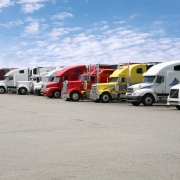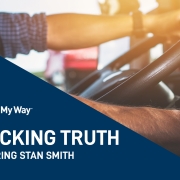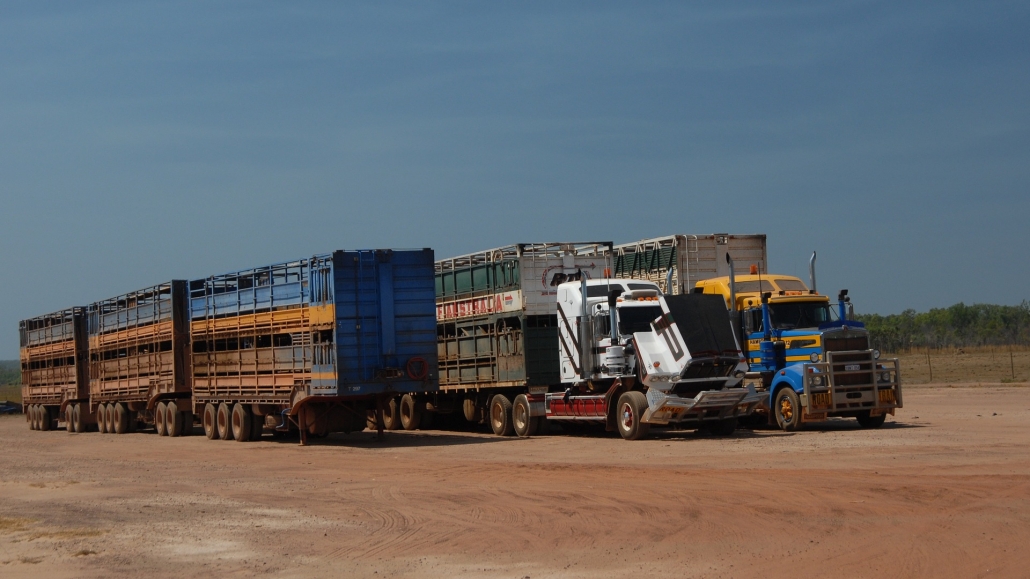
Fleet safety is one of the most important things for a trucking company to prioritize. One bad safety incident can cost thousands, if not hundreds of thousands of dollars. It can cause a ripple of damaging effects for years: in bad publicity, drivers turning down jobs, and overall a long recovery from the incident. Though not every accident is avoidable, most have causes that prove to be preventable. So here are 4 reasons verifiable fleet safety needs to be a top priority.
1. Mitigate Your Risk: Drivers
Your drivers are your most valuable assets. You put a lot of time and effort into hiring them, so be sure to put that same effort and time into keeping them. Driver health is one of the best ways to mitigate risk over the road. Healthy minds and bodies make for safer drivers. If you have drivers that are overly tired or stressed, they’re more likely to make mental errors that can cause safety issues. And drivers who are not trained well certainly won’t be set up to be safe and successful drivers. Think about what you can do to help support your drivers’ health and well-being. Put plans in place to start making driver health a priority. And share those plans to everyone in the company.
2. Mitigate Your Risk: Equipment
Put risk mitigation steps in place with your equipment as well to help with your overall fleet safety. Staying current with all the required service and safety checks required for your company’s equipment is especially important.
Keeping your fleet in good repair can keep your employees more engaged. The state of your equipment can have a big impact on your drivers and how attractive your company might be to new employees. Have a clear fleet maintenance policy in place.
3. Create a Culture of Fleet Safety
 Who is responsible for fleet safety? Is it left up to the drivers behind the wheel? Does concern for safety come from the top of the organization down? Is everyone aware of your safety policies? If you’re not sure of these answers, one of the best things you can do at this time is get your safety policies written down. And then share them with everyone. This is the best way to get a culture of safety started. Bake safety into the foundation of the company and communicate it both internally and externally. If not, it will always fall to someone else to be responsible for fleet safety.
Who is responsible for fleet safety? Is it left up to the drivers behind the wheel? Does concern for safety come from the top of the organization down? Is everyone aware of your safety policies? If you’re not sure of these answers, one of the best things you can do at this time is get your safety policies written down. And then share them with everyone. This is the best way to get a culture of safety started. Bake safety into the foundation of the company and communicate it both internally and externally. If not, it will always fall to someone else to be responsible for fleet safety.
4. Document Emergency Procedures
As mentioned, not every incident is 100% avoidable, and it’s true that accidents will happen. Even when you take precautions, you and your drivers need to be ready to react in case of an emergency. Having solid, documented processes in place is very important when talking about overall fleet safety. Ensuring your drivers know what do to and who to contact when a problem arises can help lessen the impact of the damage and the time getting the situation resolved.
Document your processes and procedures for any type of emergency that might arise. Ensure that your drivers have quick access to clear emergency contact information and steps to take in case of an emergency.
Taking these steps to ensure you’ve got a good start to verifiable fleet safety is an important way to create a culture of safety in your company. Working to always communicate and share updates to any of these policies is something that should be built-in to decision making and change management throughout the organization. Making that everyone in the organization is responsible for safety can make your company an attractive option when hiring new drivers.

